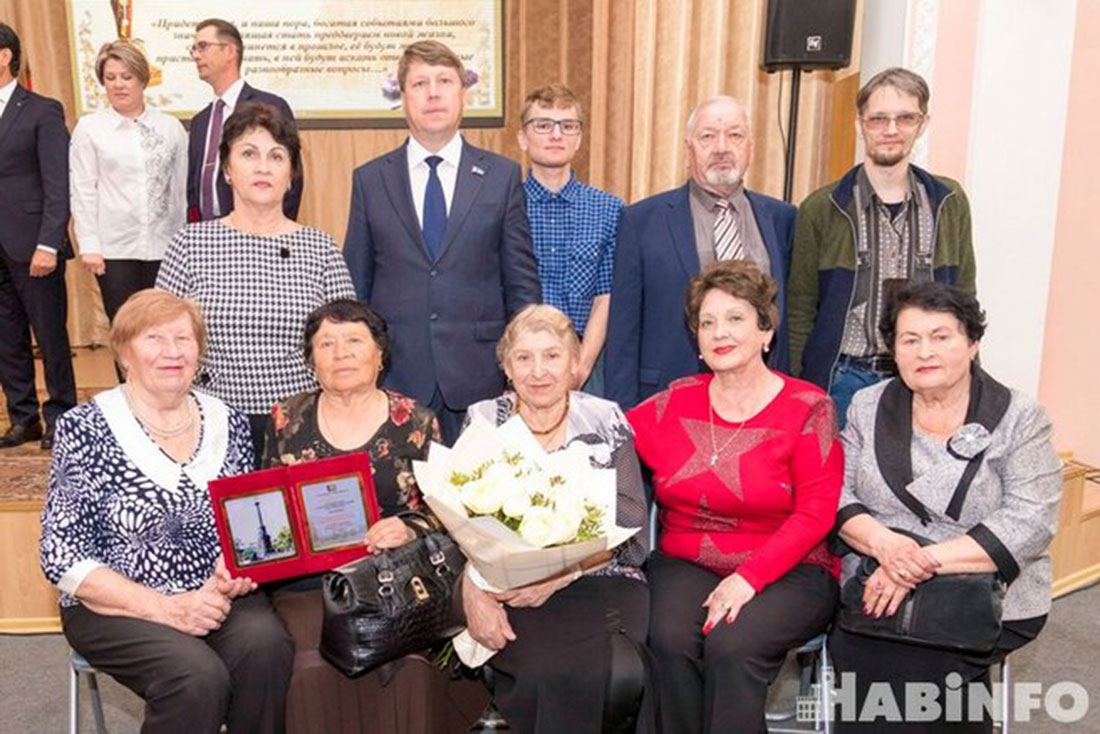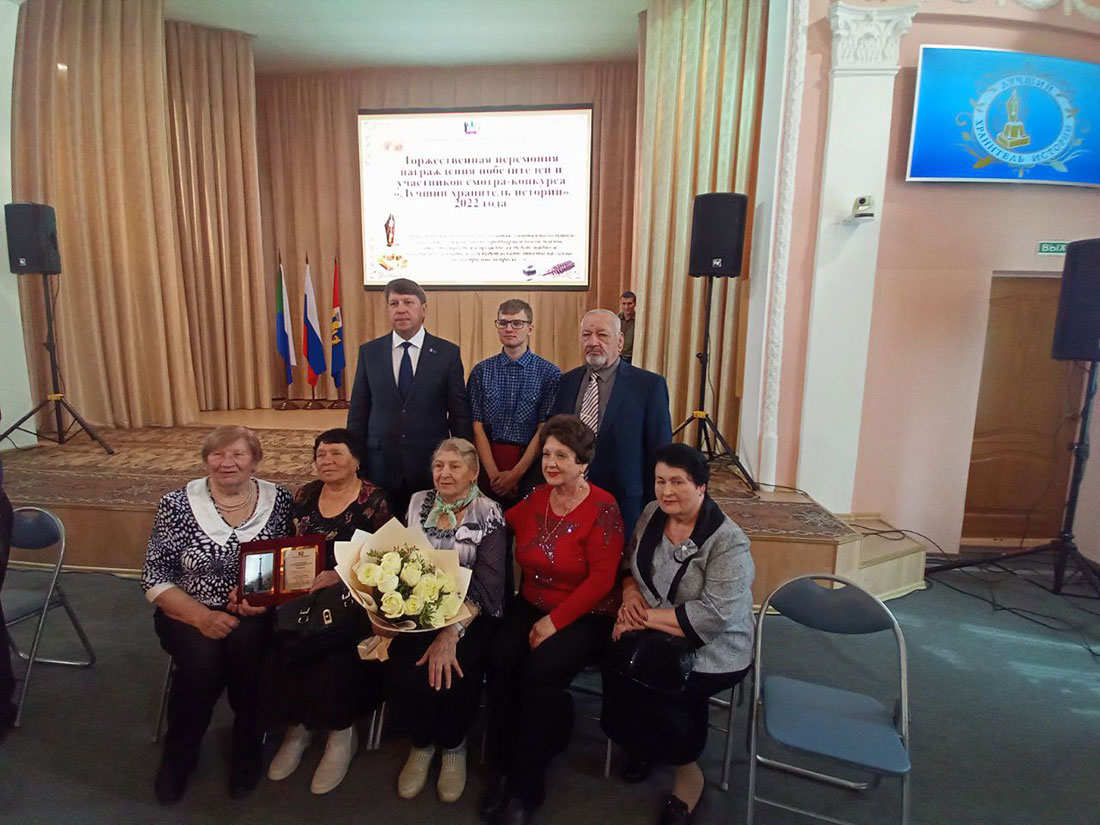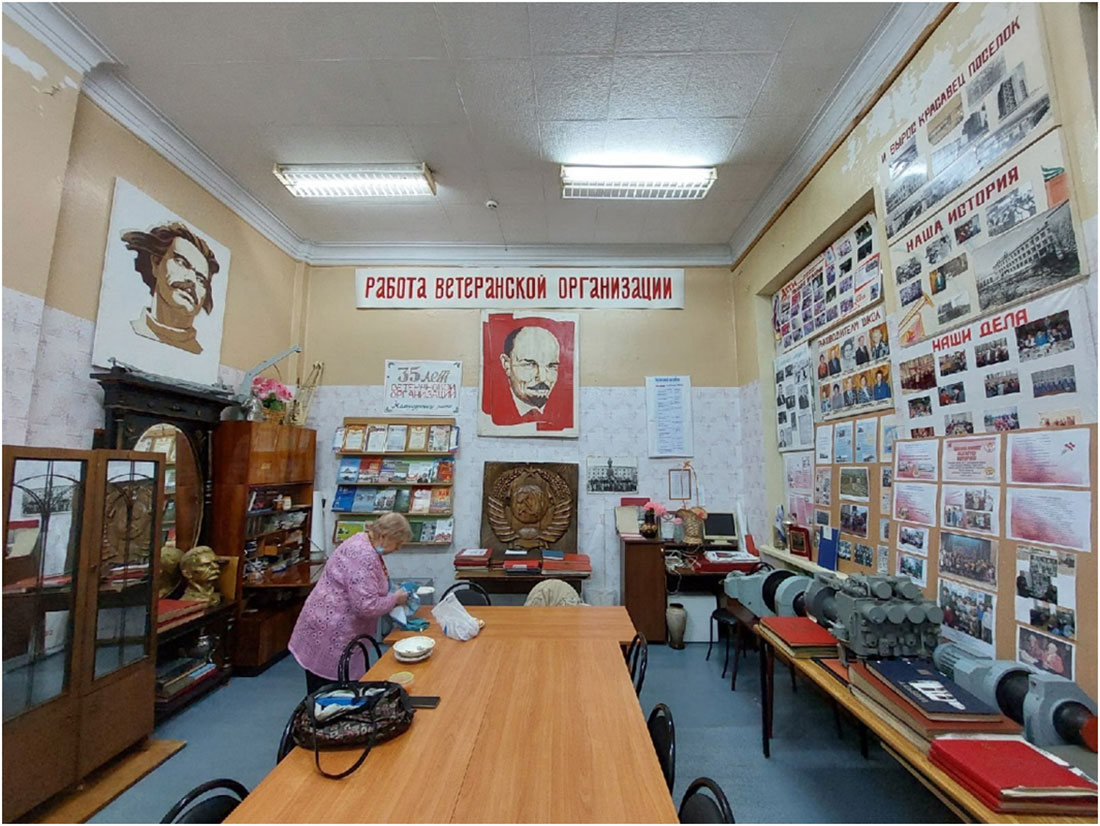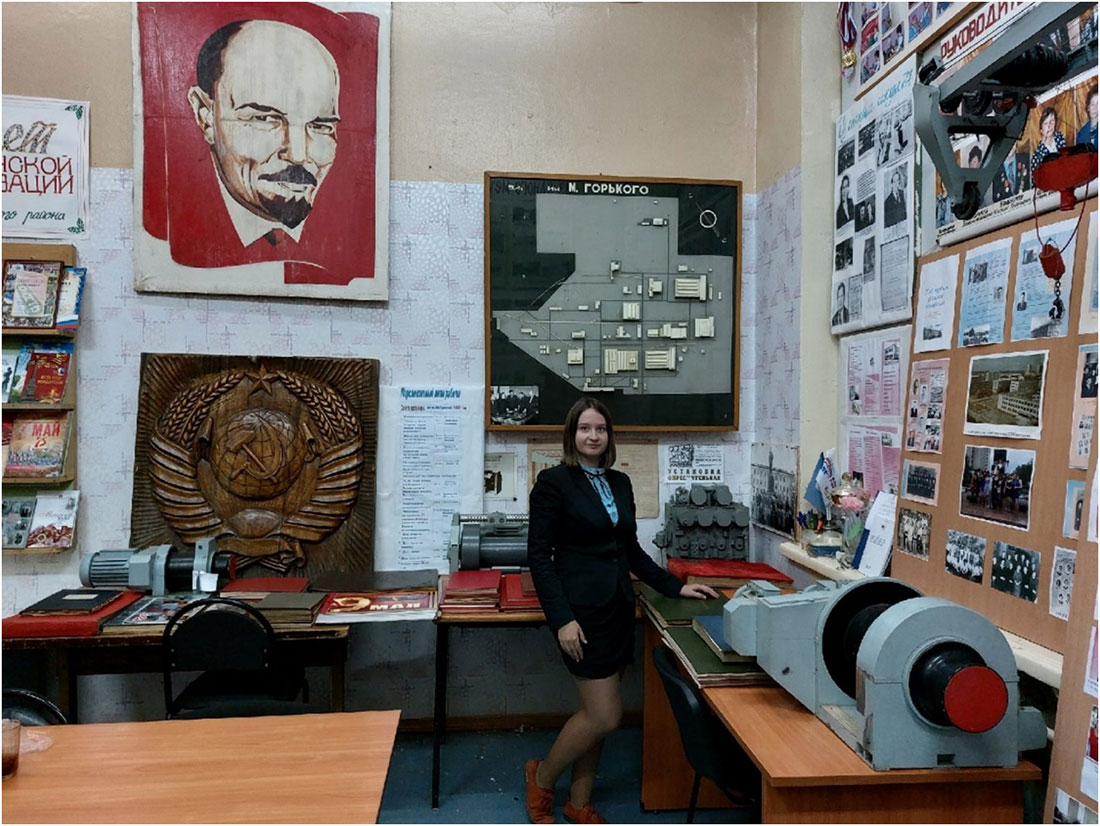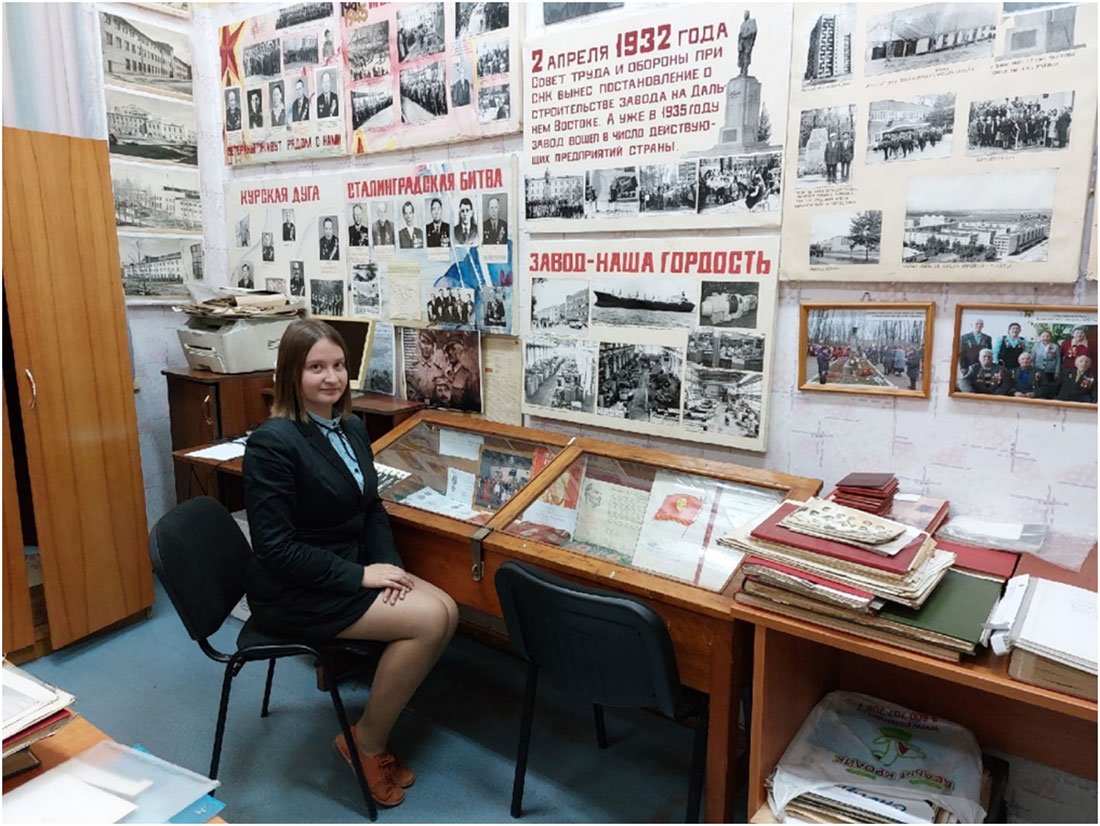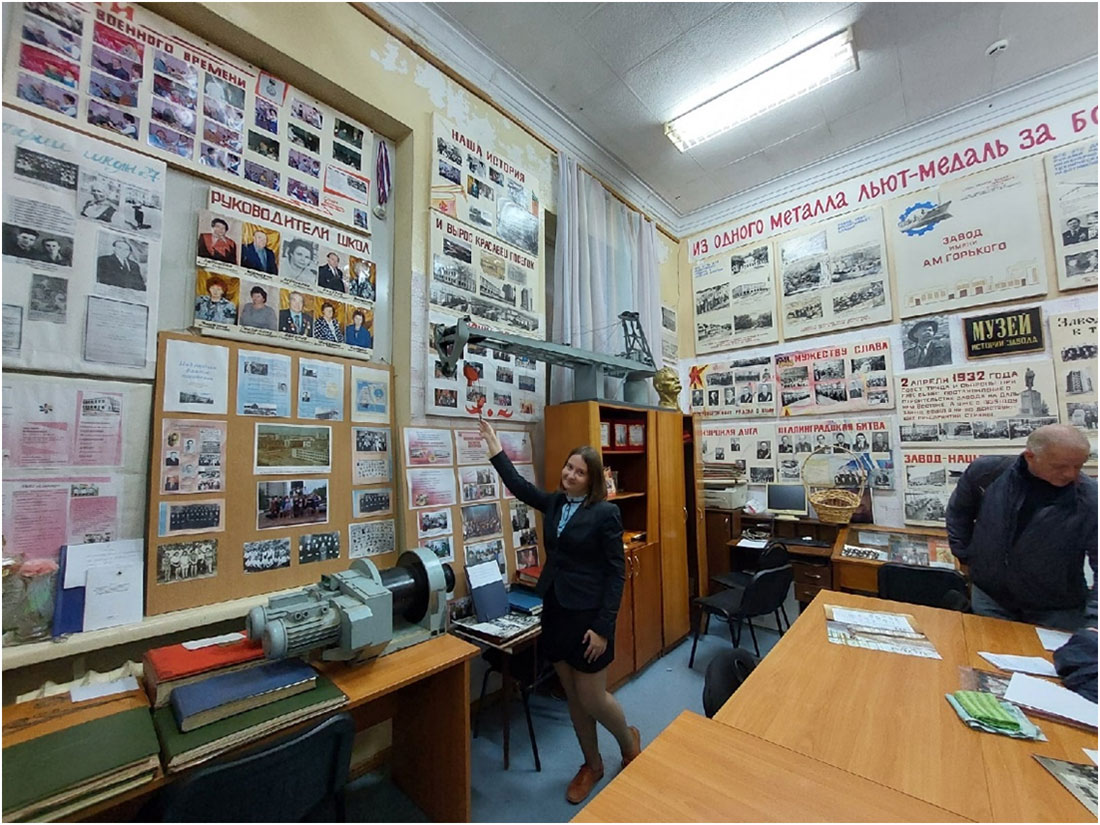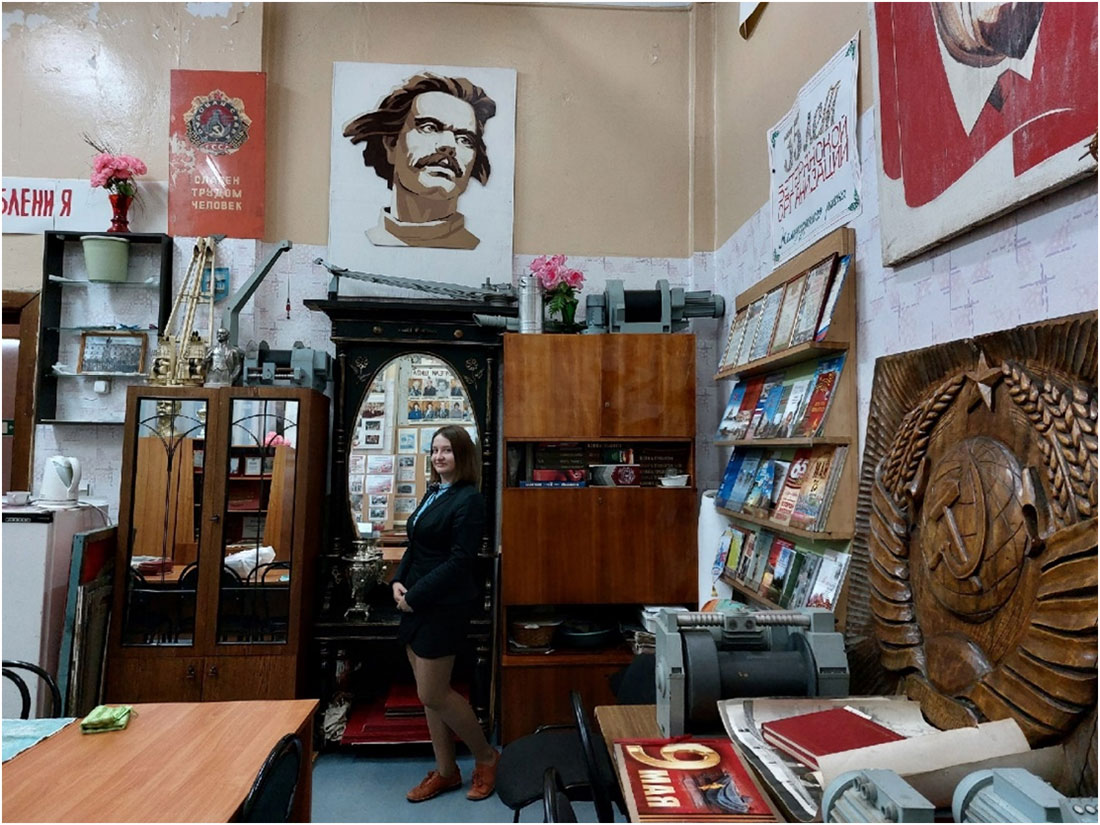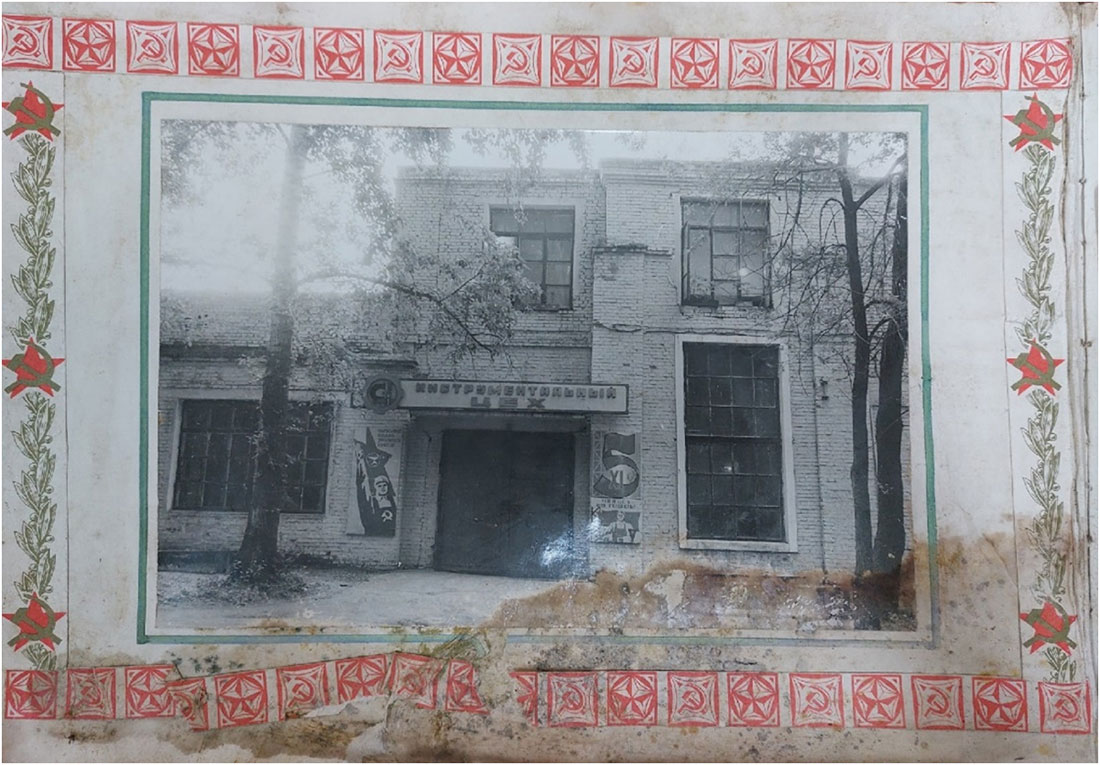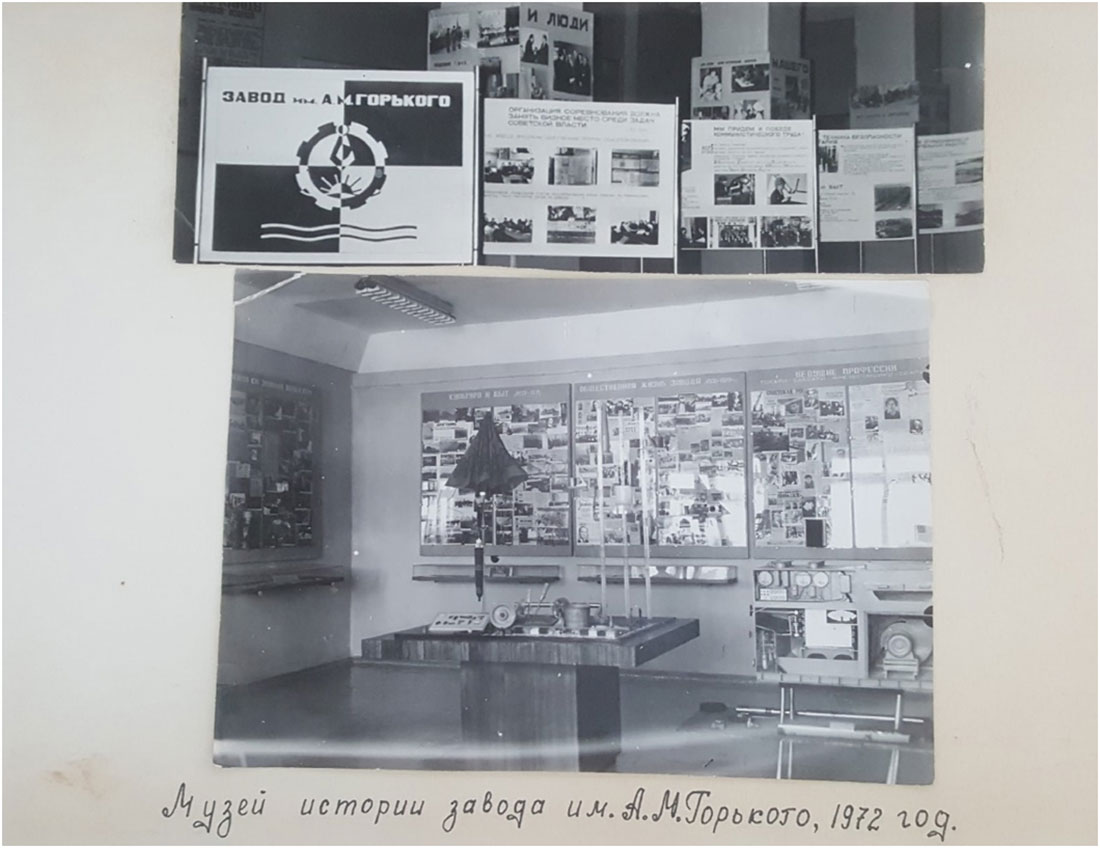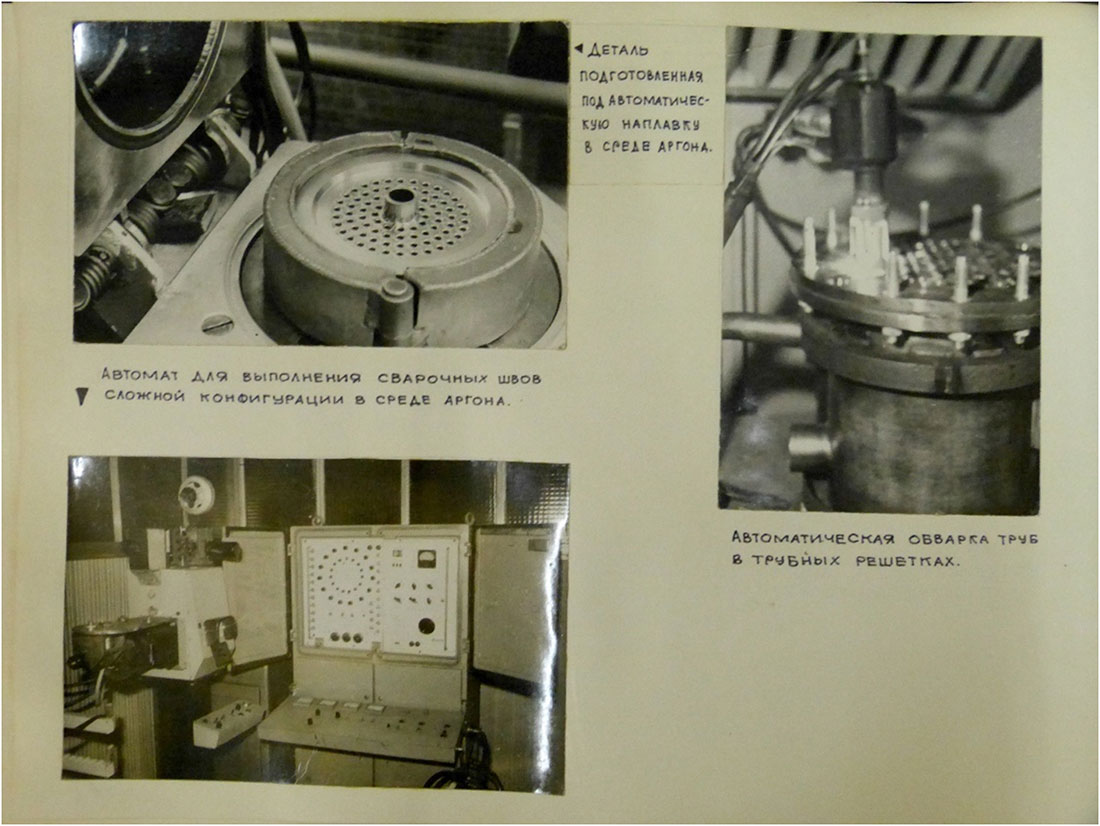People’s Museum of the History of the A.M. Gorky Plant and Settlement
Khabarovsk region
Contact information
Khabarovsk region, Khabarovsk city, Zhukovsky Street 4, Culture Centre of Gorky plant
+7 (924) 413-33-98 (A.P. Sidorkin)
+7 (924) 211-49-15 (N.M. Morozova)
Operating hours
On agreement, daily from 9:00 till 21:00
Ticket price
Free
Museum founder and director
Sidorkin Alexander Pavlovich
Museum founder and director
Morozova Nadezhda Mikhailovna
Founded
2019
During the years of developed socialism, the Khabarovsk Shipbuilding Plant named after A. M. Gorky was one of the leading enterprises in its industry in the USSR. A.M. Gorky Plant was one of the leading enterprises of its industry in the USSR and the city-forming enterprise for the factory settlement, one of the major districts of Khabarovsk. Like any serious enterprise of that time, the plant had its own museum, established in 1974.
Since 1992 the plant has been in a rapid decline, but thanks to its status as a strategic enterprise and the availability of government contracts, it has survived to this day. However, due to the sale of the factory’s property and usable premises, the factory museum (which includes, of course, information about the factory settlement) was destroyed. However, a significant part of the exhibits lay at the factory until the last moment, where in 2018 one of the “caches” was found by industrial tourist and local historian A.P. Sidorkin, who is engaged in studying the industrial and technical heritage of the Far Eastern industry.
The “stash” from the factory museum, found in an abandoned factory building, was rescued. The unique historical materials about the life of the Soviet factory would have remained a dead load if not for one event.
At a meeting with local ethnologist Anatoly Zhukov, A. P. Sidorkin told him about this find. Zhukov advised to contact his friend, Alexander Vladimirovich Hantsevich, a former employee of the plant, nowadays a teacher and writer, who is also a son of a plant veteran V. Hantsevich, who wrote and published a book with a detailed history of the plant. And he, in his turn, introduced us to the Council of Veterans of Gorkiy township. It turns out, they have been nurturing the idea to create a museum of the enterprise and the settlement, which was created thanks to the plant. But the elderly people lacked neither energy nor enthusiasm.
So, A.P. Sidorkin and his fellow-travelers got the idea and decided to take part in creation of the museum, in some way they motivated the council of veterans to start this business. Without this, they probably would not have decided (or brought the idea to fruition).
In addition to the museum materials, there were also Soviet stands with historical data at the plant. These were also moved to our museum, which was located in the veteran’s room of the township’s house of culture.
Soon after, the Veteran Council made an agreement with the administration of the plant to transfer the surviving exhibits of the disbanded museum to us: we received more than 30 albums which were made for the museum of the plant to celebrate its 50th anniversary in 1985. Many of them fully reflect the life of this or that workshop and its most outstanding employees.
Apart from the albums, we were given a few more stacks of photos. All in all, everything was in place to create a real museum, except for the exhibits.
But this too was gradually rectified. An elderly employee gave us a small statue of Lenin; a giant carved coat of arms of the USSR was rescued from the red corner of the ruined foundry.
Later, in 2022, when work on the museum was resumed after covid restrictions, several more “stashes” were found, including a room with various exhibits (gifts to the factory). They made a great addition to the museum collection. In addition, in the room were found about 30 albums on scientific and technological progress in the plant and hundreds of photos.
Earlier, by the agreement with the management of the shipyard, models of the plant production, cranes, winches, shipboard equipment were passed to the Museum, and the search through the workshops made it possible to find 4 more albums on the history of the workshops of the plant.
In the abandoned film projection room of the administration office unique filmstrips with films about the plant and the settlement were found.
Work on filling the museum collection continues to this day.

